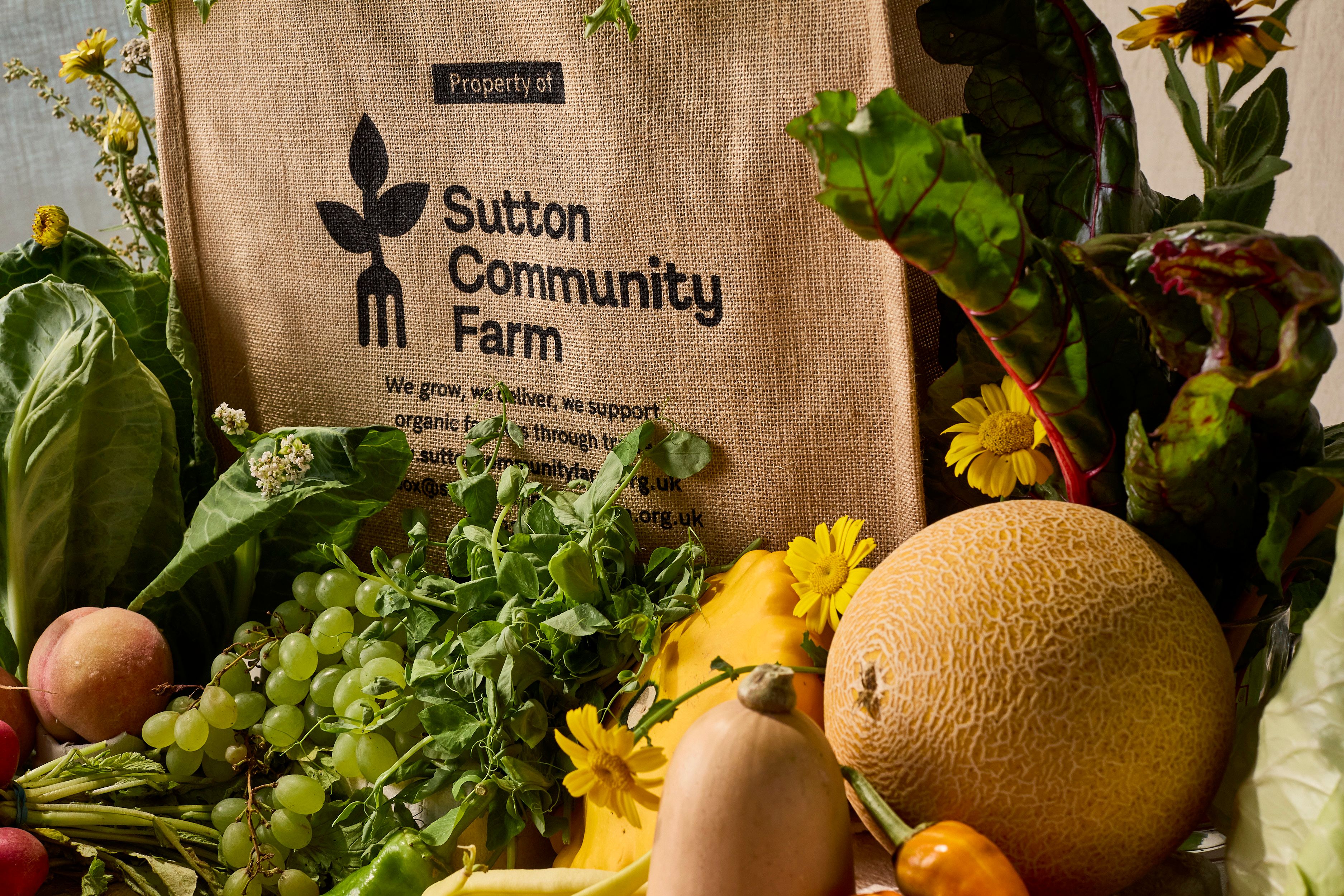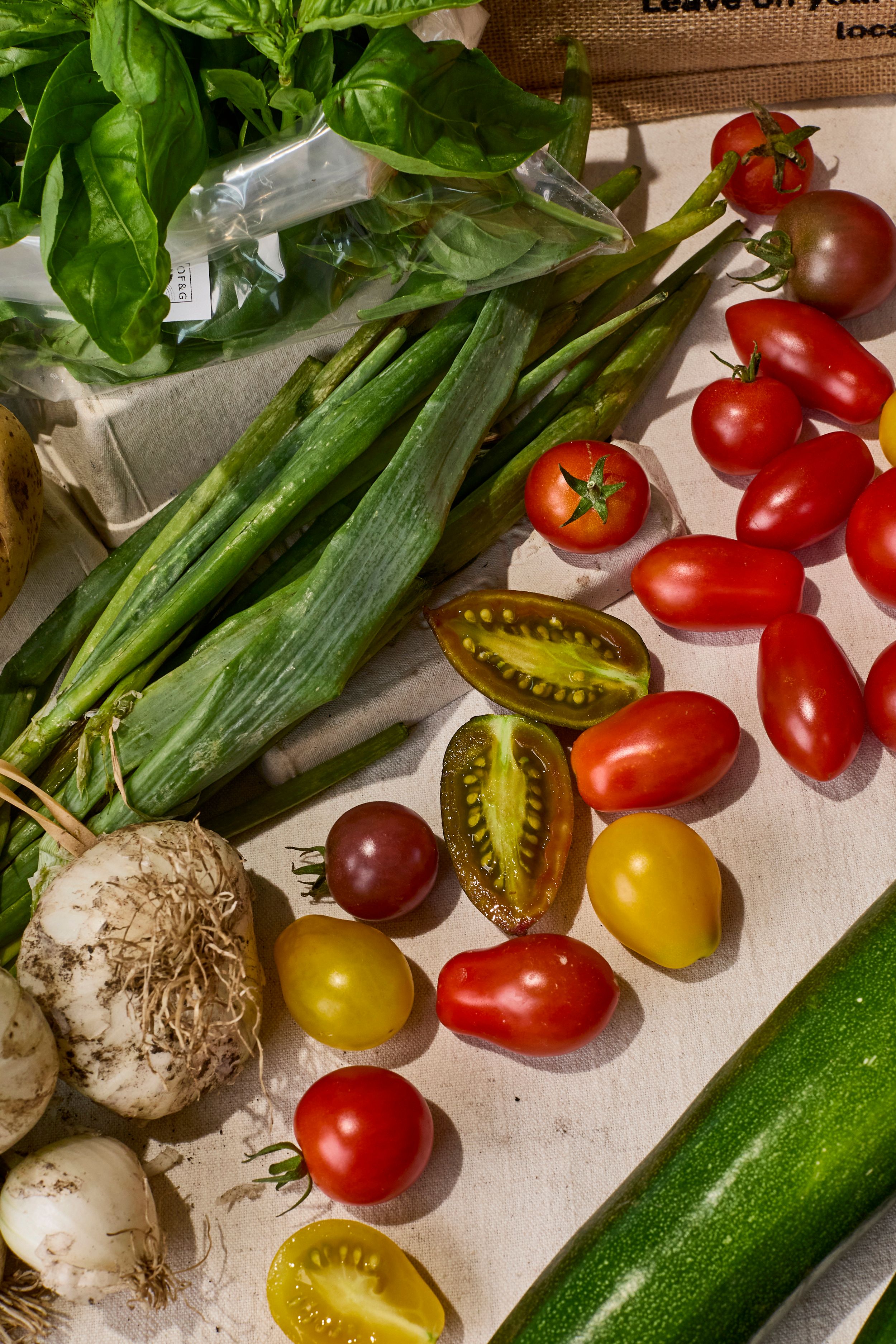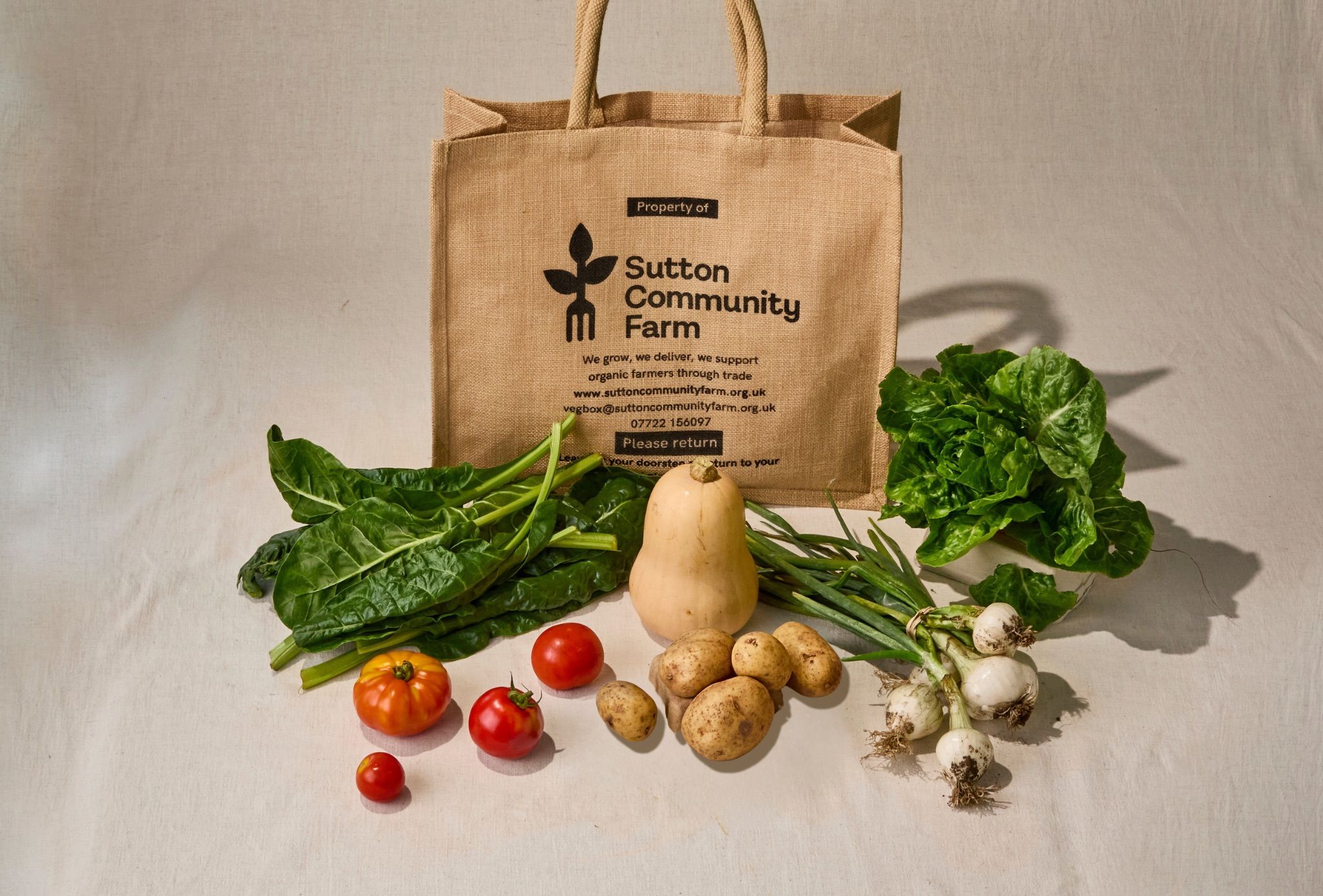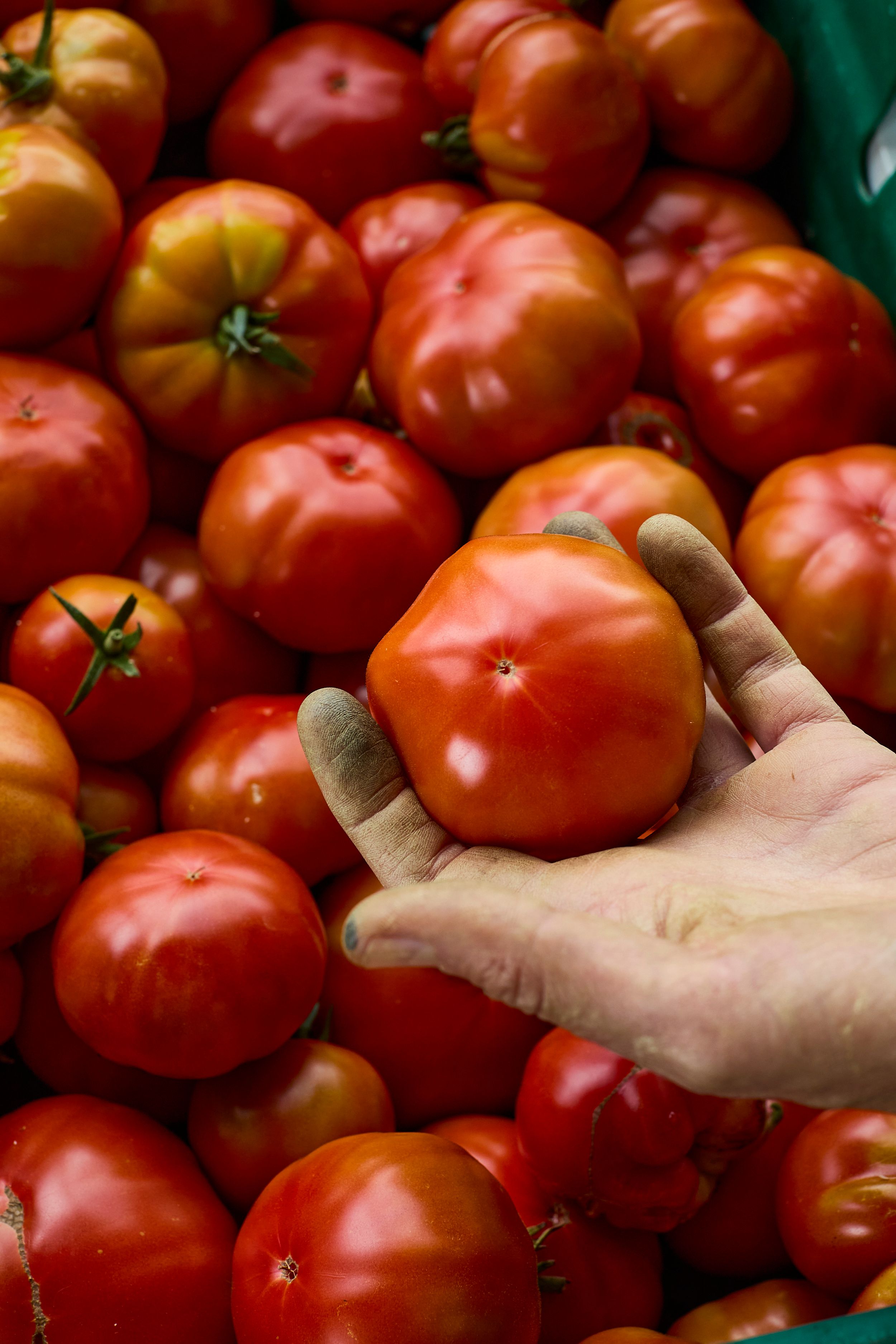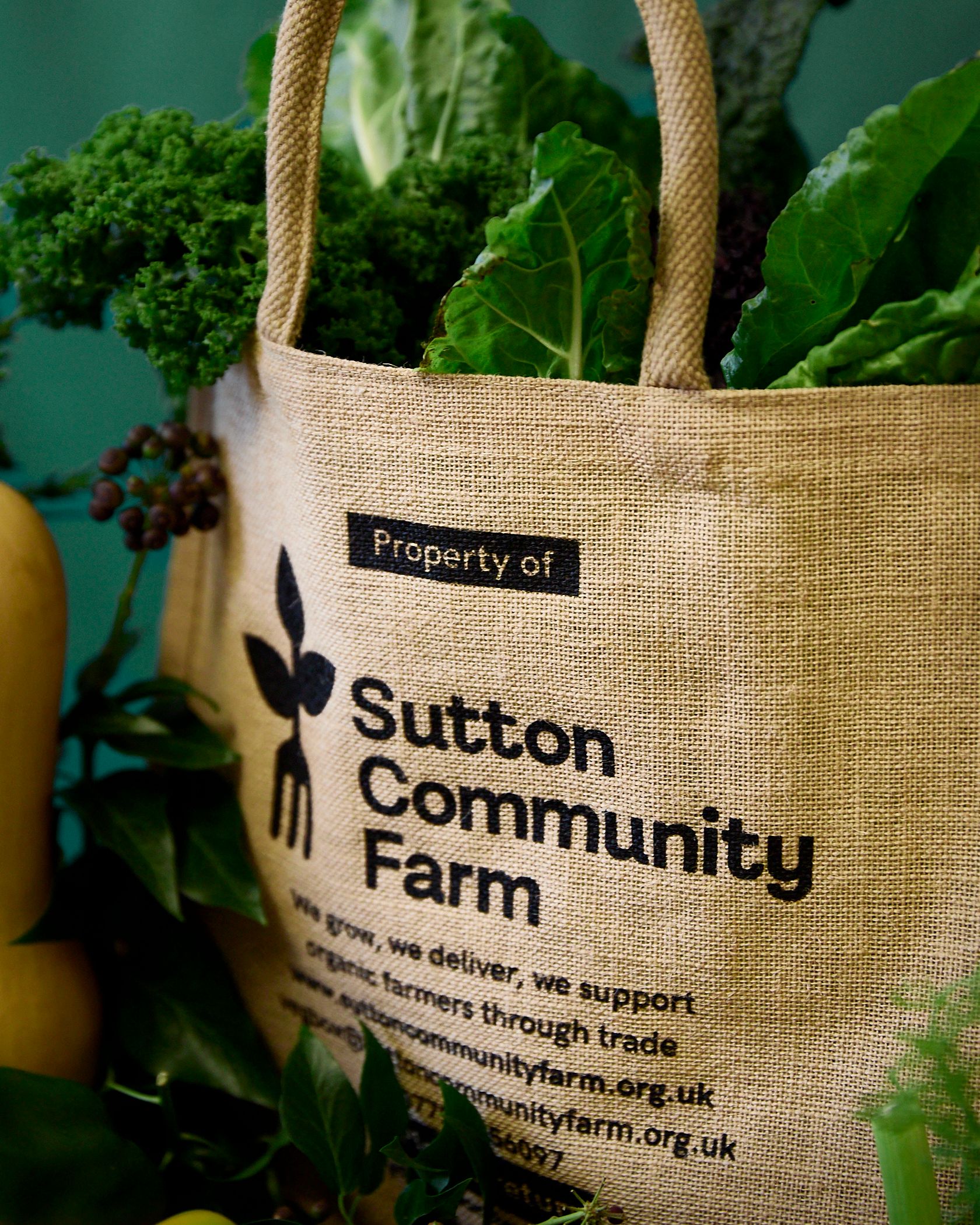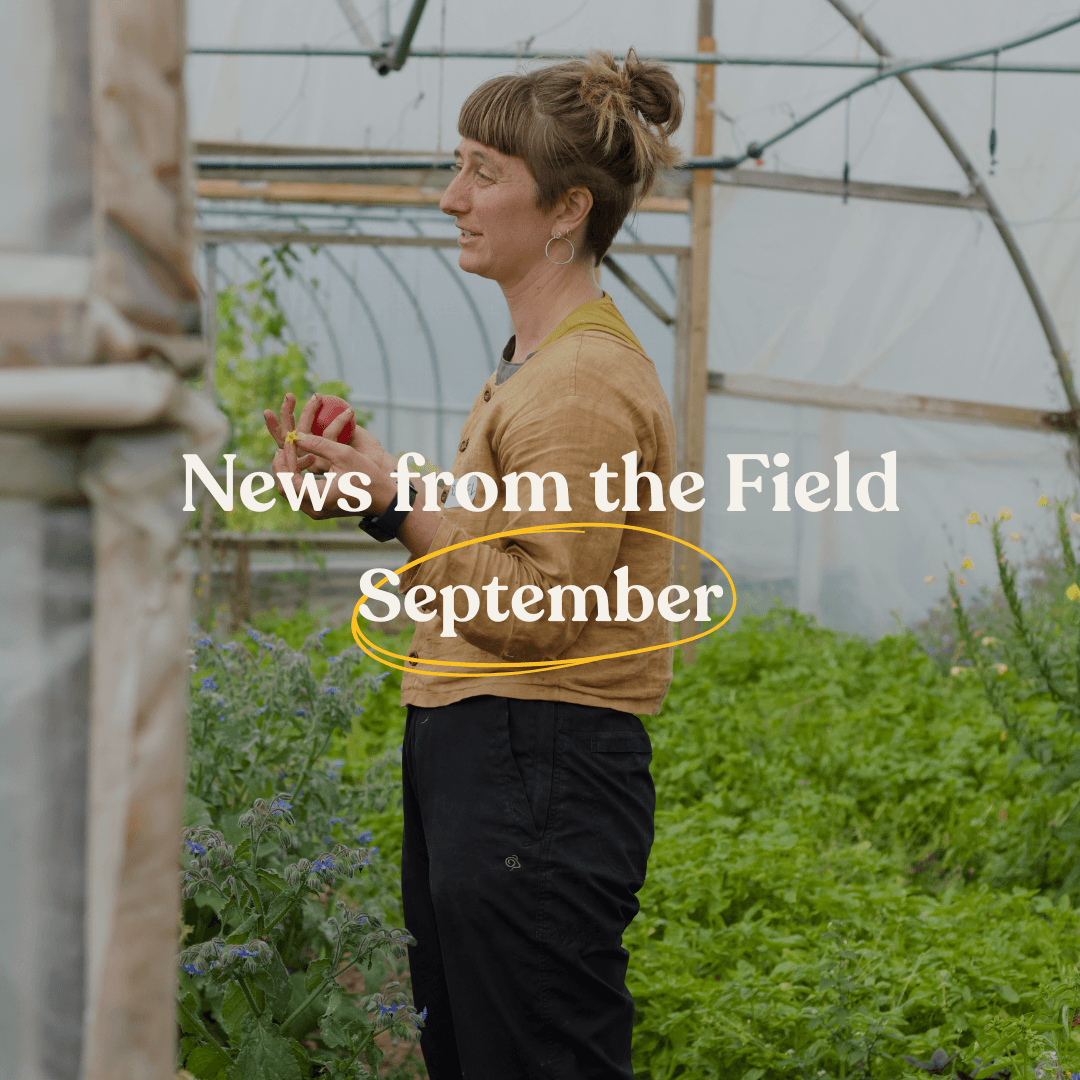To rest and recharge, we will be closed and not delivering from 22 - 26 December. Deliveries will resume on 31 December - 2 January.
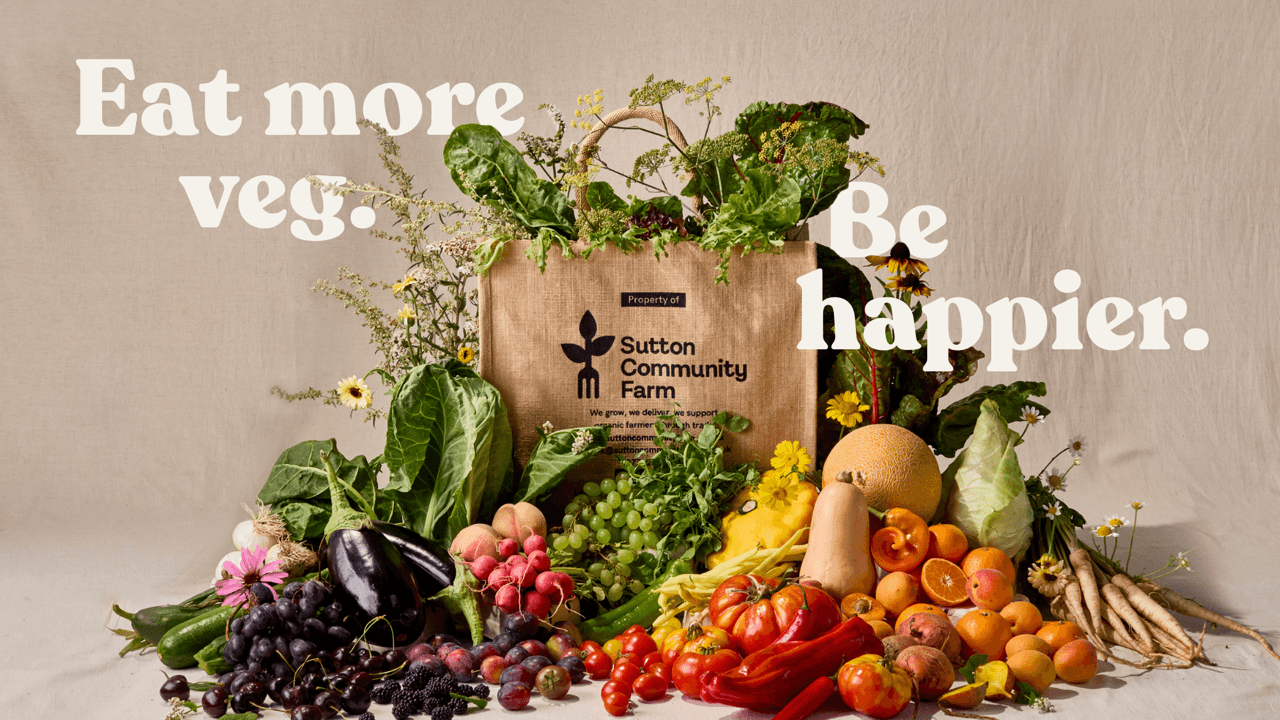
A veg box that
embraces seasonality
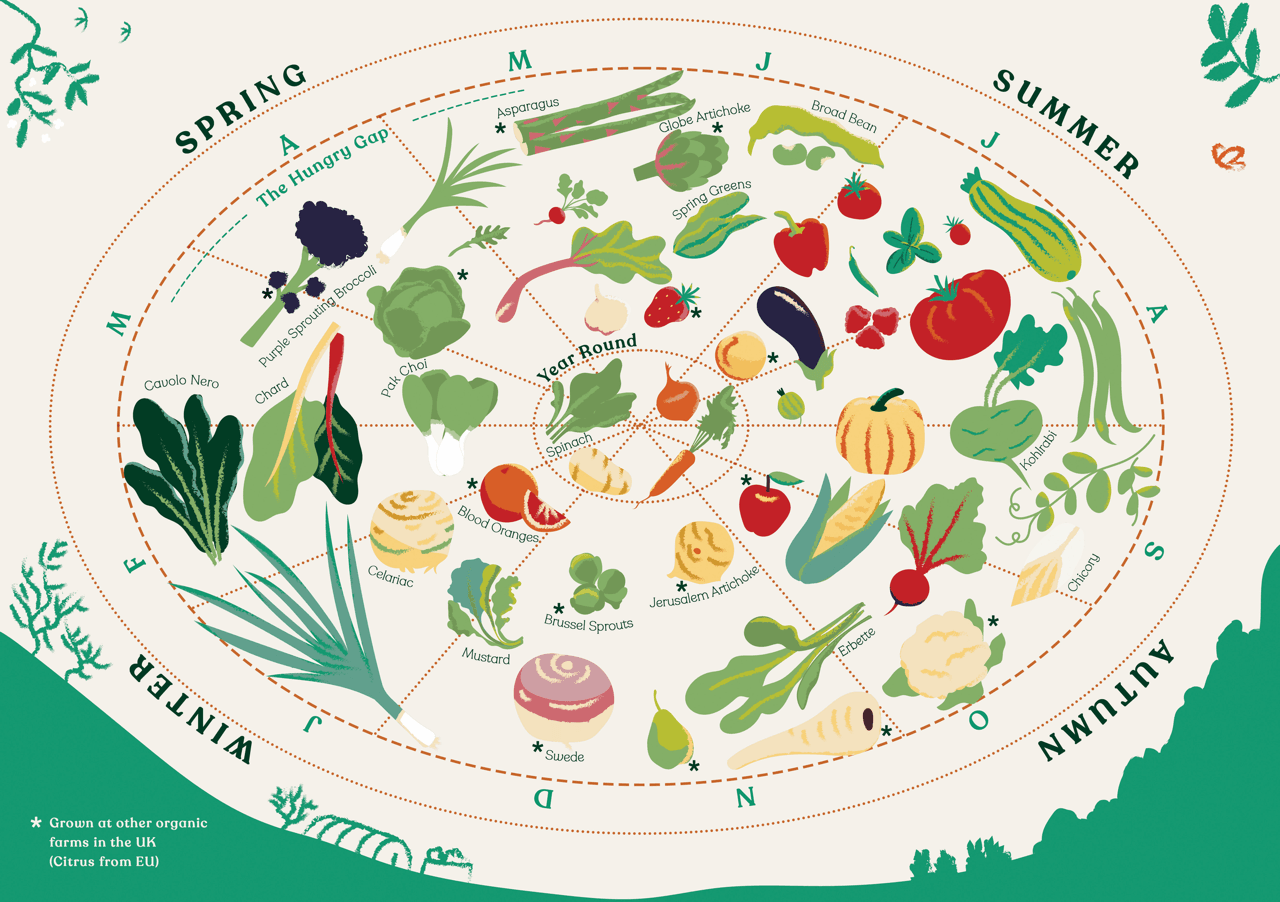
Filled with veg that’s at its peak flavour, our veg boxes are designed based on what’s in season - no two weeks are ever the same.
Check out what's in peak season right now!

Loading reviews...
From the fields to your door
Here’s a breakdown of the weekly cycle at the farm that ensures we can deliver the best fruit and veg to you


A community centred on good food
Join our community to socialise, support your mental and physical wellbeing, and be a part of something great

Latest news from the farm
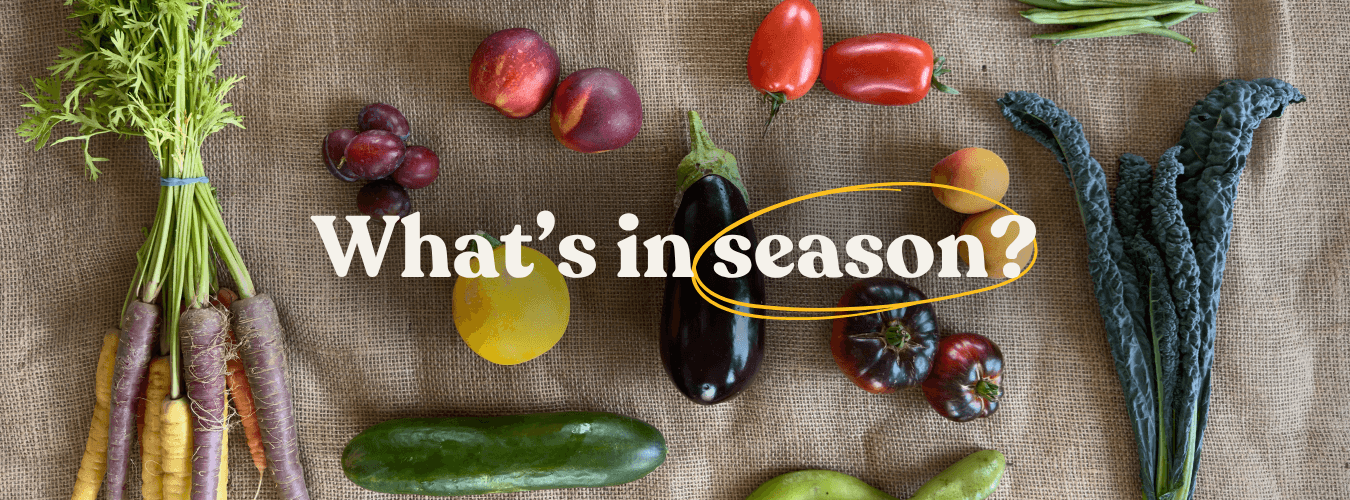
Understand seasonality, get inspired by weekly recipes, and stay up to date with what's happening on the farm

